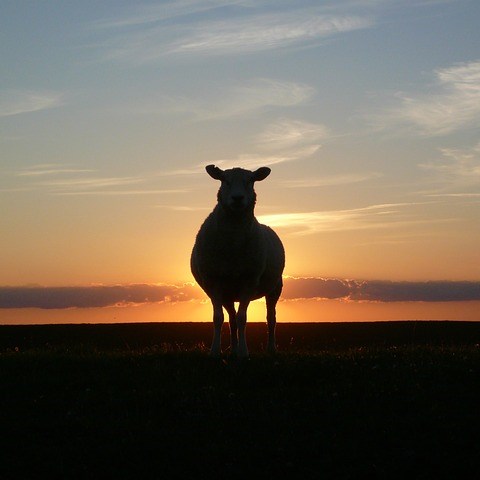Facts:
The project is funded by: SLU Ekoforsk and Stiftelsen Svensk Fårforskning
Project leader: Lotta Rydhmer
Other contributors: Elisabeth Jonas, Kim Jäderkvist Fegraeus

In this project we want to develop the genetic evaluation of sheep in conventional and organic production systems.
In the genetic evaluation of Swedish sheep, traits measured in conventional and organic production are treated as the same trait. However, both genetic parameters and breeding goals may differ between production systems. Our aim is to develop breeding values including several traits, e.g. growth rate and litter size, for different production systems and breeds.
We use data from Swedish Pelt, Fine wool and Texel sheep in the field-recording scheme to estimate genetic parameters for growth rate, reproduction, longevity and product quality (carcass, wool and pelt) traits, and compare them between sheep in organic and conventional production. The rate of sheep in organic production range from twenty to a few percent for these breeds. We also estimate phenotypic differences between organic and conventional production.
Both costs and incomes differ between breeds and between production systems. With a bio-economic model we calculate economic weights for the traits used in sheep breeding today, and additional traits like ewe longevity.
With knowledge about phenotypes, genetic parameters and economic weights we will construct breeding values combining e.g. lean growth rate, litter size and pelt quality. Separate genetic evaluations for sheep in organic and conventional production may be valuable if the economic weights and or genetic parameters differ significantly between organic and conventional production systems.
The project is funded by: SLU Ekoforsk and Stiftelsen Svensk Fårforskning
Project leader: Lotta Rydhmer
Other contributors: Elisabeth Jonas, Kim Jäderkvist Fegraeus